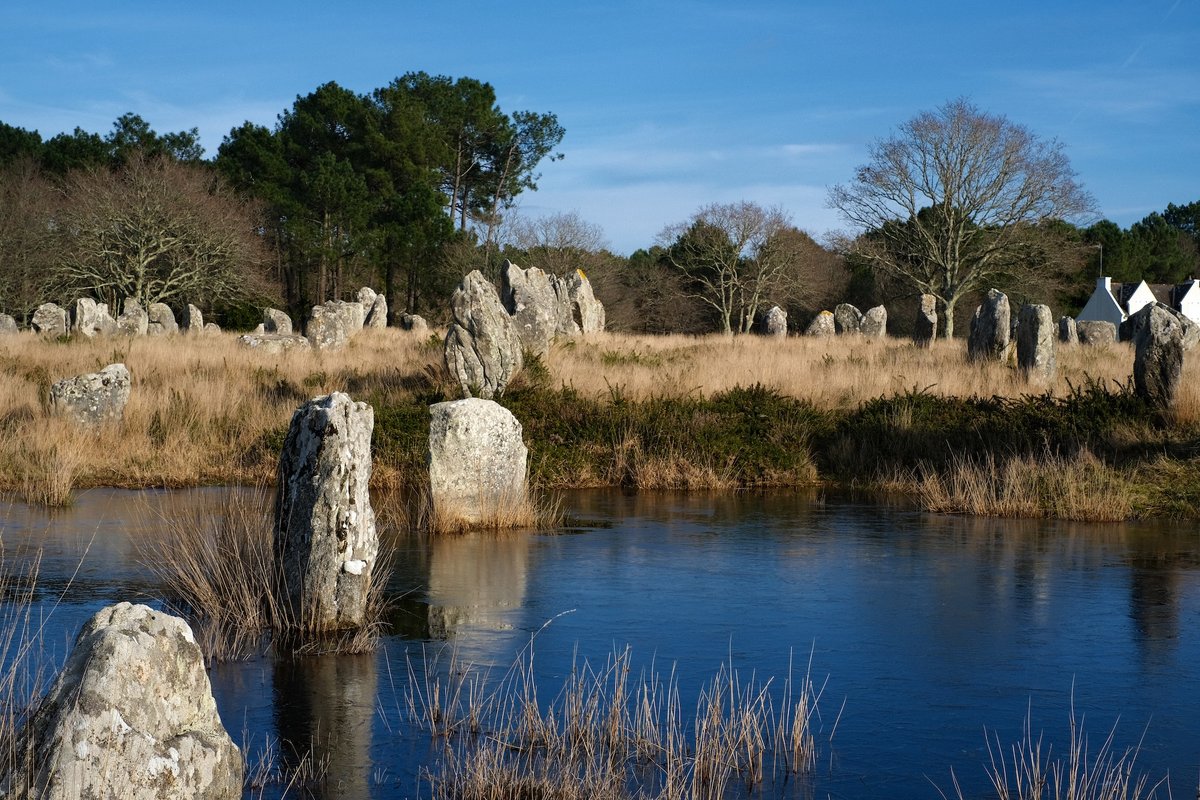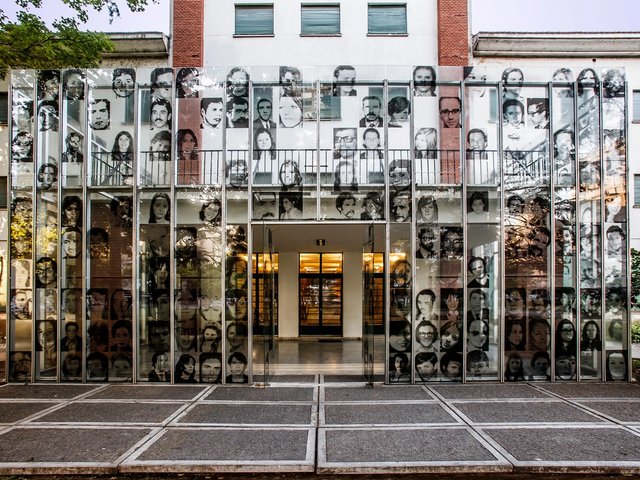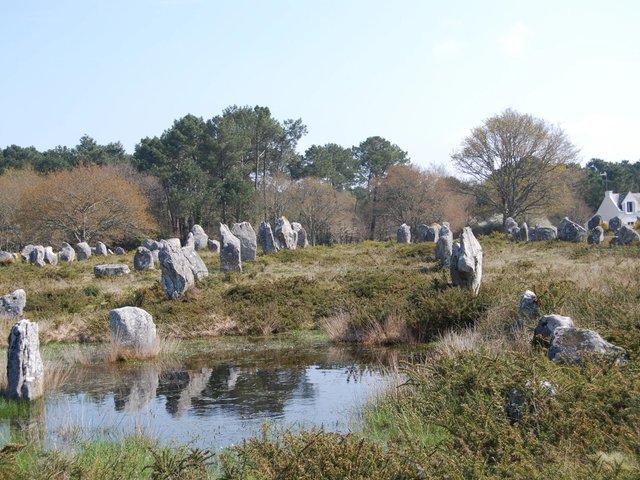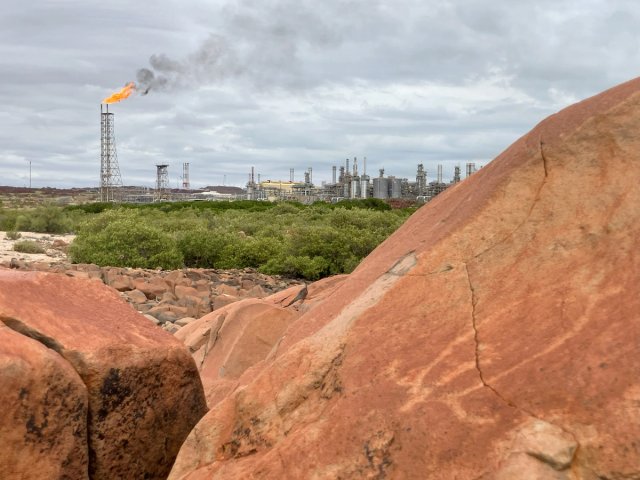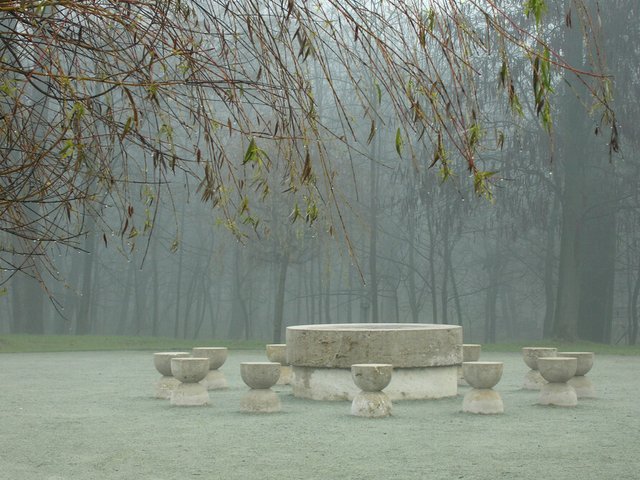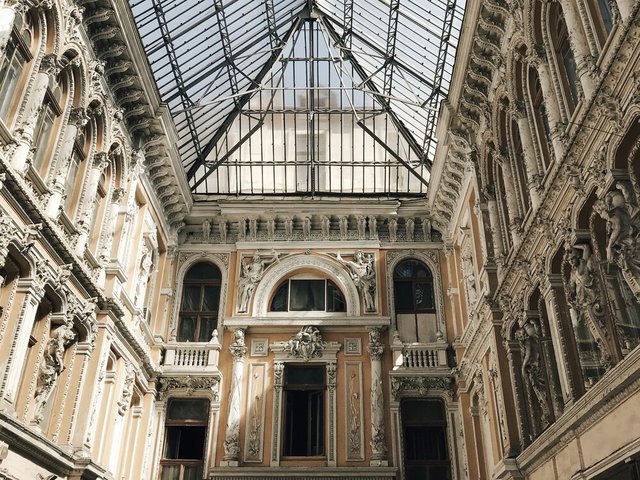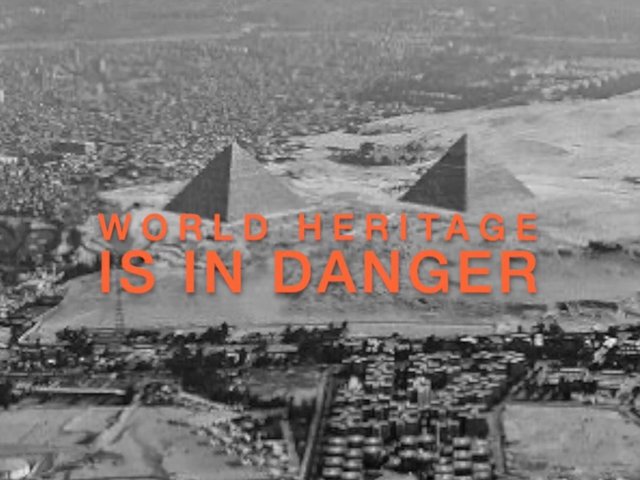During Unesco’s annual World Heritage Committee meeting earlier this month in Paris, the international body voted to inscribe 26 new sites onto its list (21 cultural, four natural and one mixed). Four of these are in Africa, while about a third of the total represent prehistoric sites. Unesco also removed three sites from its World Heritage in Danger list during the session, which came to a close on 16 July.
Although some of the newly inscribed sites were predictable—for example, the palaces of King Ludwig II of Bavaria, including Neuschwanstein, which famously served as inspiration for castles in classic Disney movies—Unesco made a special note of highlighting those on the African continent.
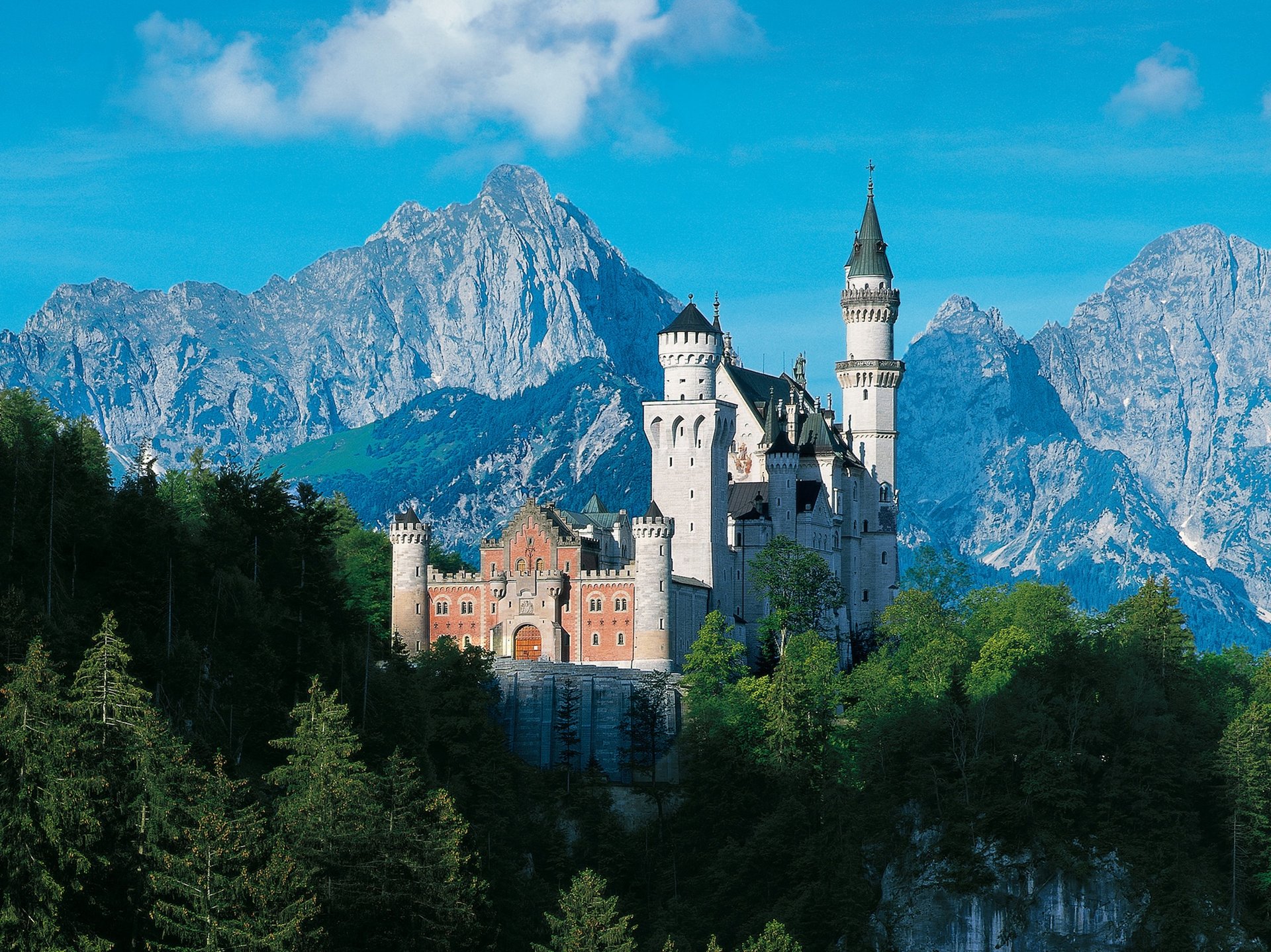
King Ludwig II’s Neuschwanstein Castle in Schwangau, Germany Photo: A. Brandl, © BSV/Brandl, courtesy Unesco
"Making Africa a priority is not a symbolic gesture,” Audrey Azoulay, Unesco’s director-general, said in a statement. “It's a concrete, day-to-day and long-term commitment, driven by the idea that the continent must be recognised for its historical, cultural and natural importance.”
All three sites removed from the Heritage in Danger list are in Africa—the early Christian holy city of Abu Mena in Egypt, the Old Town of Ghadamès in Libya and rainforests in Madagascar. As for the new inscriptions, two are natural sites: an archipelago in Guinea-Bissau and a rainforest in Sierra Leone (these represented the first Unesco nominations for both countries).
The other two are cultural sites in Cameroon and Malawi. Cameroon’s Diy-Gid-Biy contains 16 archaeological sites spanning seven villages in the Mandara Mountains. Structures found there were likely built between the 12th and 17th centuries. On the other side of the continent, Malawi’s sacred Mount Mulanje remains culturally significant to the Yao, Mang’anja and Lhomwe peoples who live in the area.
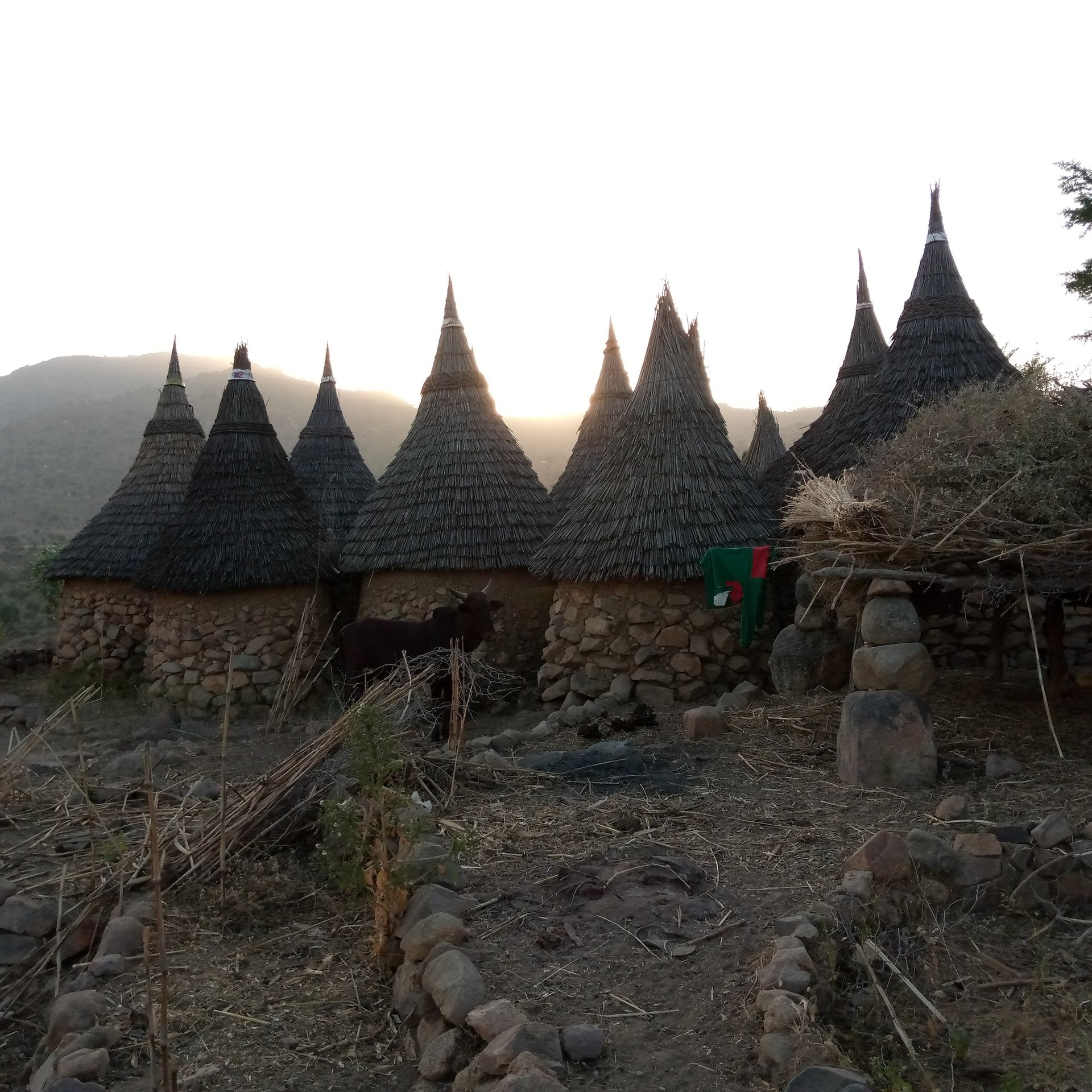
A village that is part of the Diy-Gid-Biy archaeological sites in Cameroon Photo: Stéphane Douanla, © Ministère des Arts et de la Culture, courtesy Unesco
Another mountain, this one in North Korea, was the sole mixed cultural and natural property inscribed this year. Mount Kumgang, which has inspired artists and writers for hundreds of years, is an important Buddhist site with temples, stupas, hermitages and stone carvings—some dating to the fifth century. Three of its temples are still active today.
Moving southwest to Cambodia, Unesco continued its tradition of inscribing memorial sites linked to recent political violence with its recognition of three locations linked to the atrocities that took place under the Khmer Rouge. The Khmer Rouge, which ruled the country in the 1970s, was responsible for the genocide of nearly a quarter of Cambodia’s population. The newly inscribed Unesco sites are former prisons and execution sites, which now serve as museums and memorials to their victims.
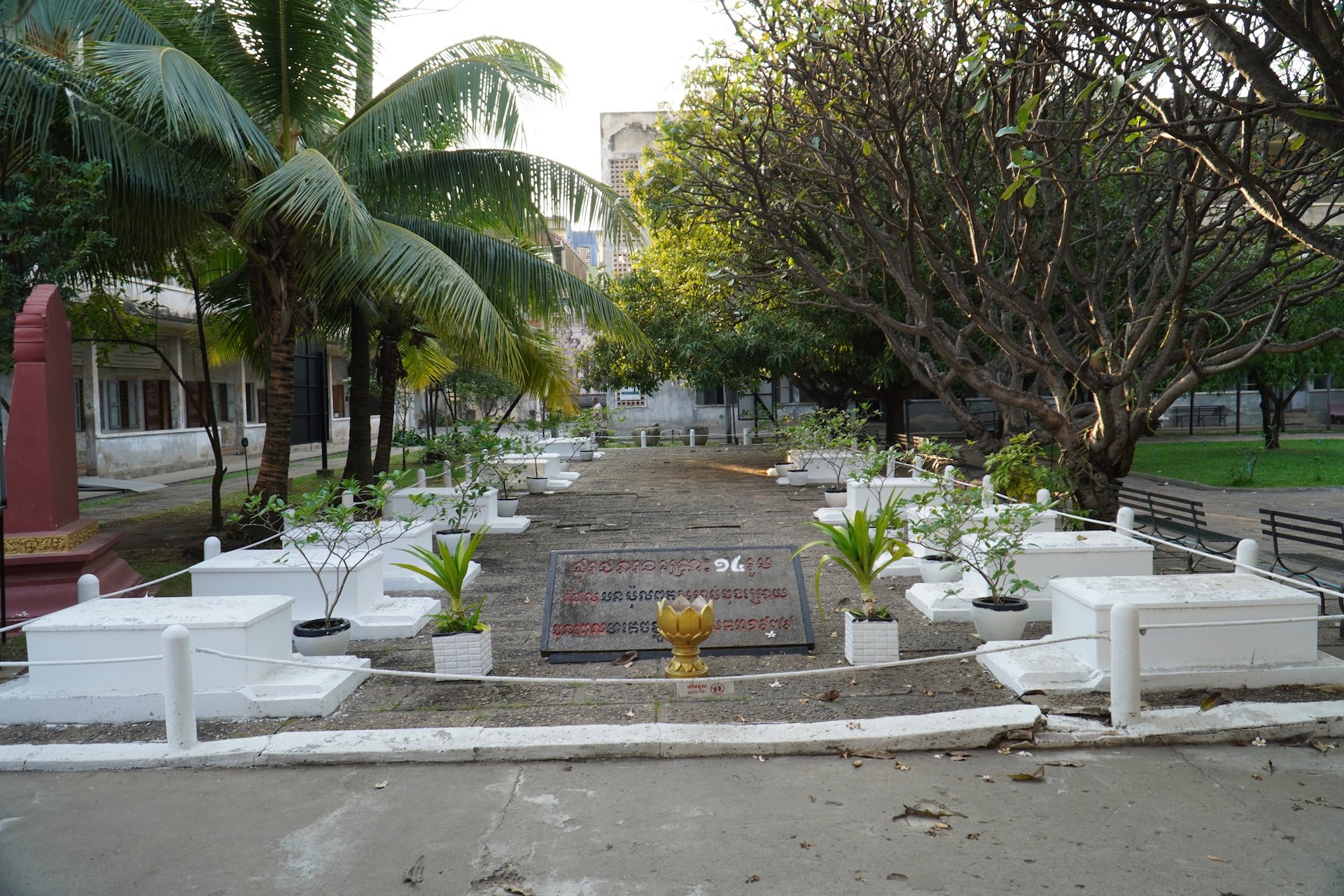
Cemetery in front the Tuol Sleng Genocide Museum, Phnom Penh, Cambodia Image: Hang Nisay, © TSGM, courtesy Unesco
By far the largest number of new Unesco World Heritage Sites fall into the prehistoric category. These include a palaeolandscape in the United Arab Emirates, ancient funerary architecture in Italy, Minoan sites in Greece, an Iron Age metropolis in Turkey, as well as cave complexes and rock art in Brazil, Iran, South Korea and Russia.
Of the prehistoric sites, perhaps the most notable are the megaliths of Carnac and Morbihan in France and Australia’s Murujuga. Carnac and Morbihan, in France’s Brittany region, have some of the oldest megaliths found in Europe (dating around 5000BC-2300BC). Dating from the Neolithic period, the megaliths have been studied since the 19th century, but it was only earlier this year that the exact age of a group of them was determined using radiocarbon dating. It turns out at least some of them are more than 1,000 years older than Stonehenge.
“I could not have imagined in my wildest dreams getting fresh insights into one of the really big riddles of prehistory,” the archaeologist Bettina Schulz Paulsson told The Art Newspaper earlier this month, when asked how she felt about her team’s discovery.
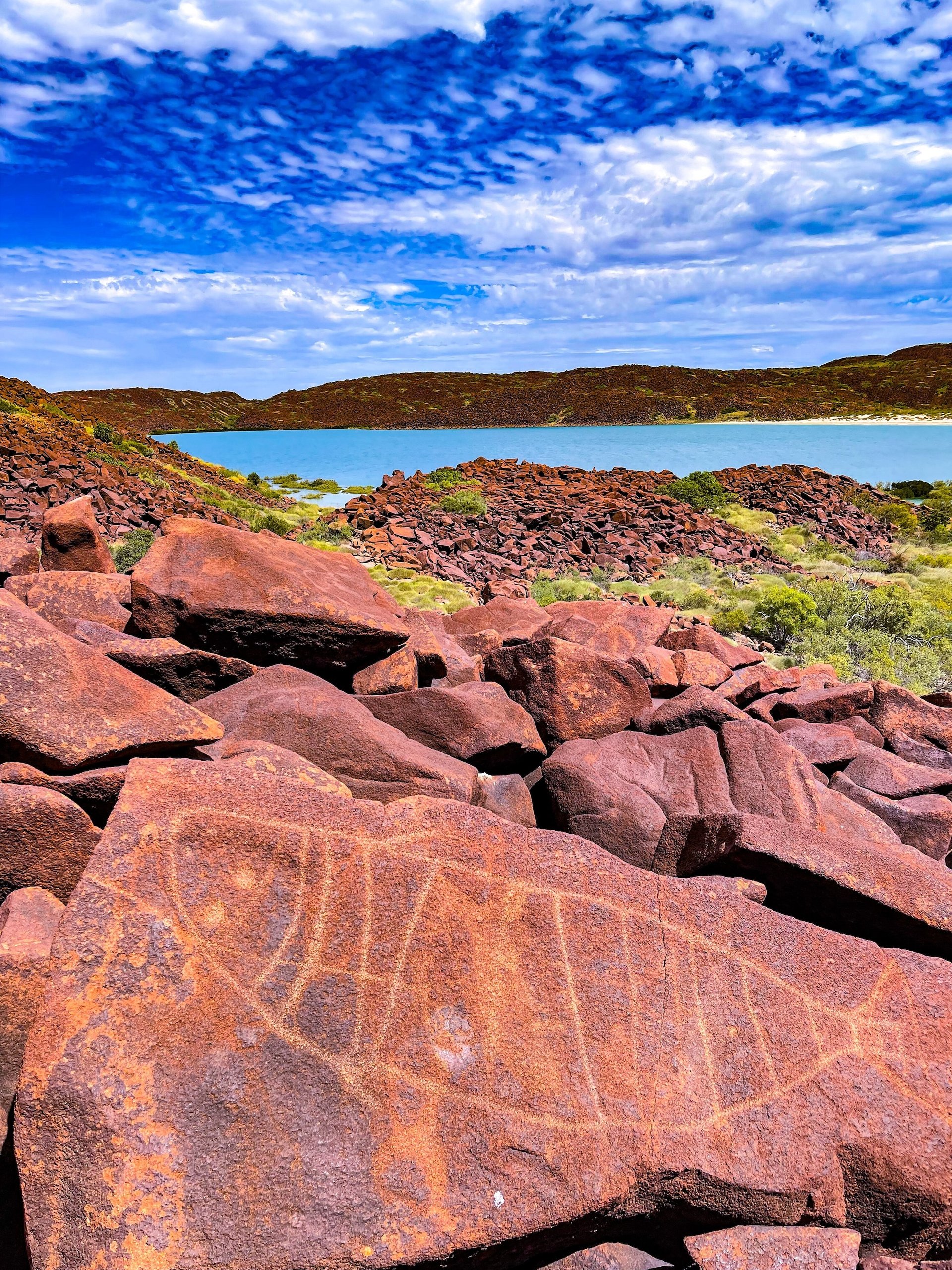
Large fish motif at Dolphin Island, Murujuga, Australia Photo: © A. Stevens, courtesy Unesco
The ancient rock art of Murujuga in northwest Australia, meanwhile, are much older than France’s megaliths. Some of the million petroglyphs there date back 50,000 years, and local people have been adding to them ever since. Some of the oldest rock paintings in the world are there, containing the earliest known depictions of a human face. The site made the news earlier this year when the Australian government agreed to extend natural-gas operations nearby, threatening the ancient site. It remains to be seen whether its new Unesco status will help preserve this important place to human history.
In addition to voting on new inscriptions during the conference, Unesco took the opportunity to reiterate its commitment to protecting three existing World Heritage Sites in Palestine—the Old City of Jerusalem, the Old City of Hebron and the cultural landscape of Southern Jerusalem.
Less than a week after the conference had come to an end, US President Donald Trump pulled the US out of Unesco; the State Department noted that the country’s membership was “not in the national interest of the United States”.


